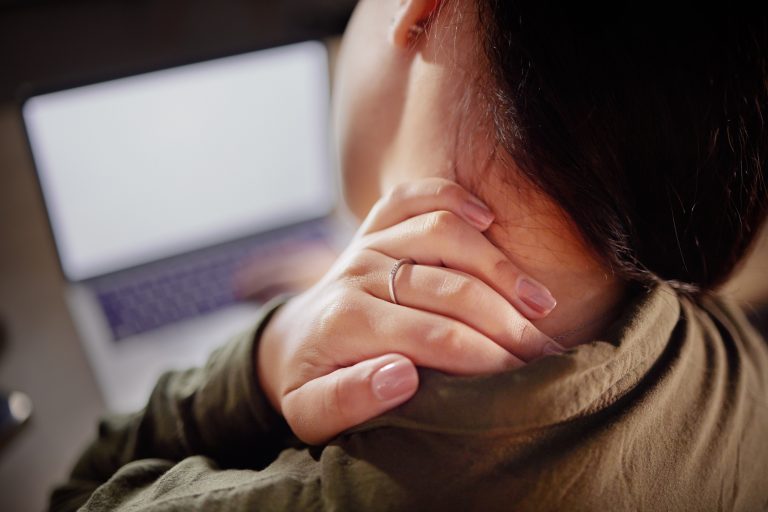With digital devices an integral part of everyday life, prolonged screen time affects eye health, often leading to discomfort and symptoms known as ‘digital eye strain.
How Screen Time Affects Eye Health
- Digital Eye Strain
Prolonged use of screen time can cause what is also referred to as digital eye strain. Symptoms might include blurred vision, dry eyes, headaches, or neck pain. In fact, these digital devices make our eyes work very hard, owing to continuous focusing and due to blue light exposure. - Dry Eyes Due to Reduced Blinking
Working on the screen tends to lower the rate of blinking, thus creating dryness and discomfort because while blinking it spreads tear film across the eye for moistness. Reduced frequency in blinking disrupts the process and can result in dry eye symptoms. - Blue Light Exposure
The blue light from screens may result in eye strain and interfere with a person’s sleeping pattern because the blue light interferes with the body’s natural cycle of sleep and wakefulness. While blue light alone does not damage the eyes, limiting exposure, especially during night hours, may cut symptoms.
Symptoms of Screen-Related Eye Strain
- Blurred or Double Vision
Working on screens for long hours makes it hard to focus, hence causing blurry or double vision.
Eye Discomfort or Irritation
This would further lead to redness, irritation, and burning of eyes, which leads to poor concentration. - Headaches and Neck Strain
Headache and neck pain more often associates with digital eye strain as continuous strain occurs on eye muscles and, in the process, one tends to maintain poor posture.

Tips to Protect Your Eyes During Screen Time
- The 20-20-20 Rule
Every 20 minutes, look away from your screen and focus on something 20 feet away for 20 seconds. This helps relax the muscles in the eyes by reducing strain. - Optimize Lighting and Screen Brightness
Adjust screen brightness and ambient lighting to reduce glare. Avoid working on a screen in a completely dark room to avoid high contrast, which can cause eye strain. - Use Artificial Tears
Artificial tears will ease off the discomfort by keeping your eyes moist in cases of dryness. - Limit Use of Blue Light
Put on blue light filter or glasses that reduce exposure to blue light, especially in the evening hours.
Eye Exercises to Relieve Strain
- Focus Change Exercise
Hold a finger a few inches away from your eyes, focus on it, then shift focus to an object in the distance. Repeat to help relax the eyes. - Blinking Exercise
Deliberately blink every few seconds to keep the eyes moist, especially when you feel some dryness.
Other Nutrients for Screen-Intensive Lifestyles
Vitamin A
Helps maintain the eye’s surface, reducing dryness and supporting low-light vision.
Omega-3 Fatty Acids
Stimulates eye lubrication, hence preventing dry eyes.
Vitamin C and Vitamin E
These antioxidants prevent cell damage and help maintain good eye health over a long period.
Conclusion: How to Manage Screen Time for Healthier Eyes
Considering screen time is becoming an essential use each day, it’s also important to take some care to reduce eye strain. Again, following the practice of the 20-20-20 rule, adjustment in lighting, and intake of nutrients in one’s diet will make all the difference. Be conscious about your time spent on screens and take good care of your eyes for healthy vision in this digital era.

